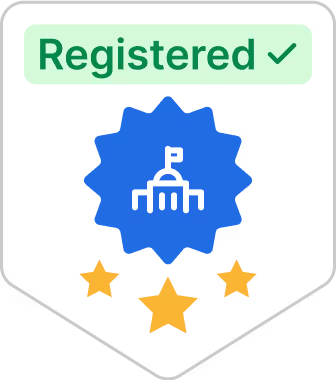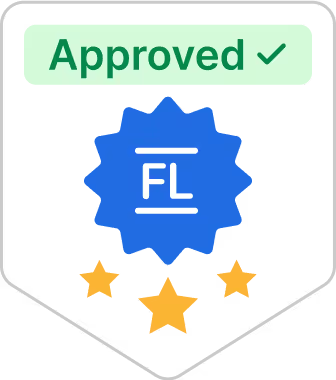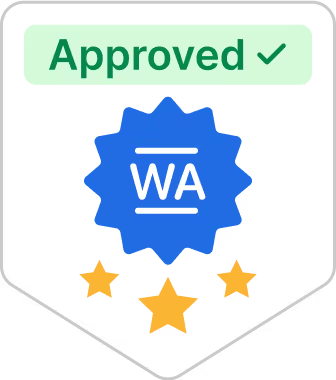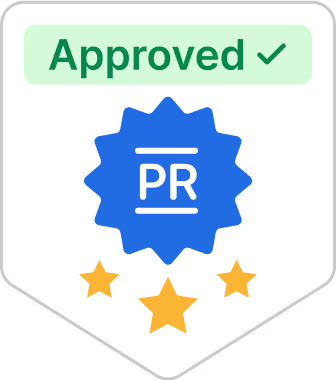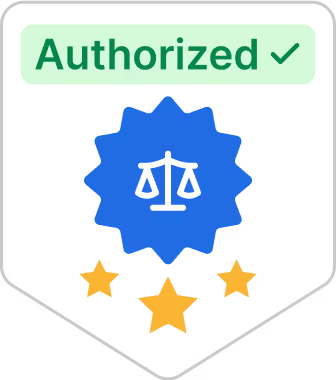FAFSA FAQS

When applying to colleges, many students’ first question is around the different types of financial aid. After all, college tuition is notoriously expensive, and a financial aid package may be the only ticket that enables students to afford higher education.
To qualify for a federal student loan, you must submit the Free Application for Federal Student Aid (FAFSA). In this brief FAFSA guide below, we’ll answer some common FAFSA FAQs.
What is the FAFSA?
The FAFSA is a free application you can fill out online to apply for federal financial aid or financial assistance. Every year, over 13 million students receive federal aid funding from the FAFSA in the form of:
- Grants
- Loans
- Work-study jobs
- Scholarships
Once you submit the FAFSA, your information will be used to calculate your Expected Family Contribution (EFC), which is the amount that you and your family can reasonably be expected to contribute to your education expenses.
Universities consider your EFC when they calculate your financial aid eligibility. If a university’s tuition is significantly higher than your EFC, you may be more likely to qualify for a generous, need-based financial aid package upon admission.
Who Should Fill Out The FAFSA?
Regardless of your and your family’s financial situation, it’s a good idea to fill out the FAFSA before applying to colleges. You never know if you’ll qualify for some financial aid award or scholarship.
Even if you don’t qualify for student financial aid, the FAFSA is free and doesn’t take a lot of time to fill out—most applicants can complete it within an hour.
When Should I Apply For The FAFSA?
You have 20 months in total to fill out the FAFSA. You can submit it as soon as October 1st—a year and a half before your first college term. The final deadline is June 30th, which is the summer before your term begins. For example, for the 2024-2025 school year, you could submit your FAFSA anytime between October 1, 2022, and June 30, 2024.
The sooner you submit the FAFSA, the better. Some financial aid opportunities, like work-study positions, are given to students on a first-come, first-serve basis.
Keep in mind that certain colleges and states have additional deadlines for financial aid that may be earlier than the FAFSA deadline.
What Happens If I Miss The FAFSA Deadline?
If you miss the June 30th deadline for your first year of college, you won’t be able to get any federal financial aid for that year. This does not mean, however, you can’t apply for a student financial aid package for the following year instead. Be sure to keep your eye on next year’s deadline and apply as soon as possible.
Additionally, if you don’t submit your FAFSA by your college’s deadline, you can reach out to their financial aid office and see if they’ll make an exception. Most colleges will have student financial services and help on their federal student aid website, where general information and access to a financial aid counselor can be found.
Do I Have to Apply For The FAFSA Every Year?
Federal student aid is granted on a year-by-year basis. As a result, you’ll need to renew your FAFSA submission each year.
What Information Does The FAFSA Ask For?
When you fill out the FAFSA, you’ll need to provide your contact information, Social Security number or resident ID, driver’s license number or Alien Registration number, and dependency status in your student portal. You’ll also need to input the following financial information about you and your parents:
- Gross income
- Bank account balances
- Investments
- Recurring expenses
Additionally, you may be asked for your or your parent’s last year’s tax returns to verify this information and receive your financial assistance. To make this process easier, you can use the IRS Data Retrieval Tool to import your financial details directly from the IRS database.
Lastly, you can add up to ten colleges you plan to apply to so their financial aid offices can review your information and start putting together your financial aid packages.
Can I Edit My FAFSA Form?
Once you’ve submitted your FAFSA, you can go back and make changes to it if needed. To fix a mistake, just follow these steps:
- Click on “Make FAFSA Corrections”
- Update your information
- Re-submit the form
The only thing you won’t be able to update is your Social Security number. If you accidentally input the wrong number, you’ll need to submit a brand-new FAFSA form.
When Will I Receive My Financial Aid Packages?
After filling out the FAFSA, you may be eager to know how much financial aid eligibility you qualify for. You’ll most likely receive your financial aid offer around the same time you receive your college admissions letters. For most high school students, this will take place during March or April of their senior year of high school.
As a result, you should have time to compare all of your financial aid packages before you finalize your university decision.
Simplify The FAFSA With Gov+
These are just a few of the frequently asked questions about the FAFSA. You may discover that you have many more once you start filling out the application, such as, “how much financial aid can I get,” or “can I get financial aid for graduate school.”
If you want some support navigating the FAFSA, GOV+ has you covered. We can simplify your financial aid application so you can focus on other aspects of the college preparation process.
Sources:
1. U.S. Department of Education. Federal Student Aid. https://www2.ed.gov/about/offices/list/fsa/index.html
2. Forbes. How Long Does It Take To Fill Out The FAFSA? https://www.forbes.com/advisor/student-loans/how-long-to-fill-out-fafsa/
3. Business Insider. When Is the Best Time to File the FAFSA. https://www.businessinsider.com/personal-finance/when-to-file-fafsa












